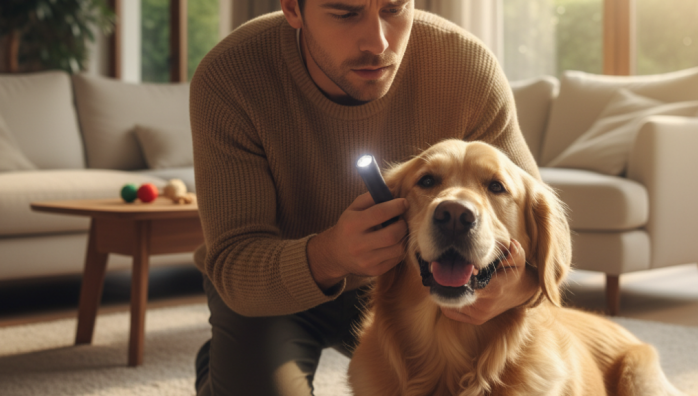Recognizing Pet Choking Symptoms
by admin in Pet Care Basics 17 - Last Update November 21, 2025

I\'ll never forget the sheer panic I felt when my dog, a notorious scavenger, suddenly started hacking and wheezing after snatching something off the floor. My mind raced. Was he choking? Was it just a cough? In that moment, I realized I wasn\'t as prepared as I thought. That experience sent me down a path of learning everything I could about pet first aid, and recognizing the true signs of choking is the absolute first step every pet parent must know.
The quiet truth about pet choking
The first thing I learned is that severe choking is often silent. Unlike the dramatic coughing we see in movies, a complete airway blockage means no air can move, so there\'s no sound. It\'s a terrifying reality, and it\'s why knowing the visual cues is so critical. A pet that is truly choking can\'t cough effectively and can\'t breathe.
Signs of a partial blockage
When an airway is only partially blocked, you might see more obvious signs. From my experience and training, these are the most common things to look out for. It\'s not always a full-blown emergency yet, but it can turn into one in a second.
- Gagging or retching forcefully
- Frantic coughing or hacking
- Pawing at the mouth or face
- Excessive drooling or foaming
- Anxious or panicked behavior, like pacing
- A high-pitched wheezing sound when breathing in (stridor)
Critical signs of a complete blockage
This is the scenario that keeps me up at night. A complete blockage is a life-threatening emergency requiring immediate action. The signs are unmistakable once you know them.
- Inability to breathe or make any sound
- Pawing frantically at their mouth
- The chest isn\'t rising and falling
- Gums and tongue start to turn bluish or grey (cyanosis)
- Collapsing or losing consciousness
Is it choking or something else?
Many owners, including me at first, can confuse choking with other common issues like a reverse sneeze or kennel cough. A reverse sneeze is a series of rapid, loud inhalations through the nose, which sounds alarming but is generally harmless. A cough, like from kennel cough, is a deep, honking sound coming from the chest. True choking is a struggle centered on the throat, often with little to no sound. If you\'re ever in doubt, it\'s always safest to assume it could be choking and contact your vet immediately. My rule is simple: when in doubt, get a professional opinion. It’s better to be safe than sorry, and your vet can provide peace of mind or life-saving instructions.














